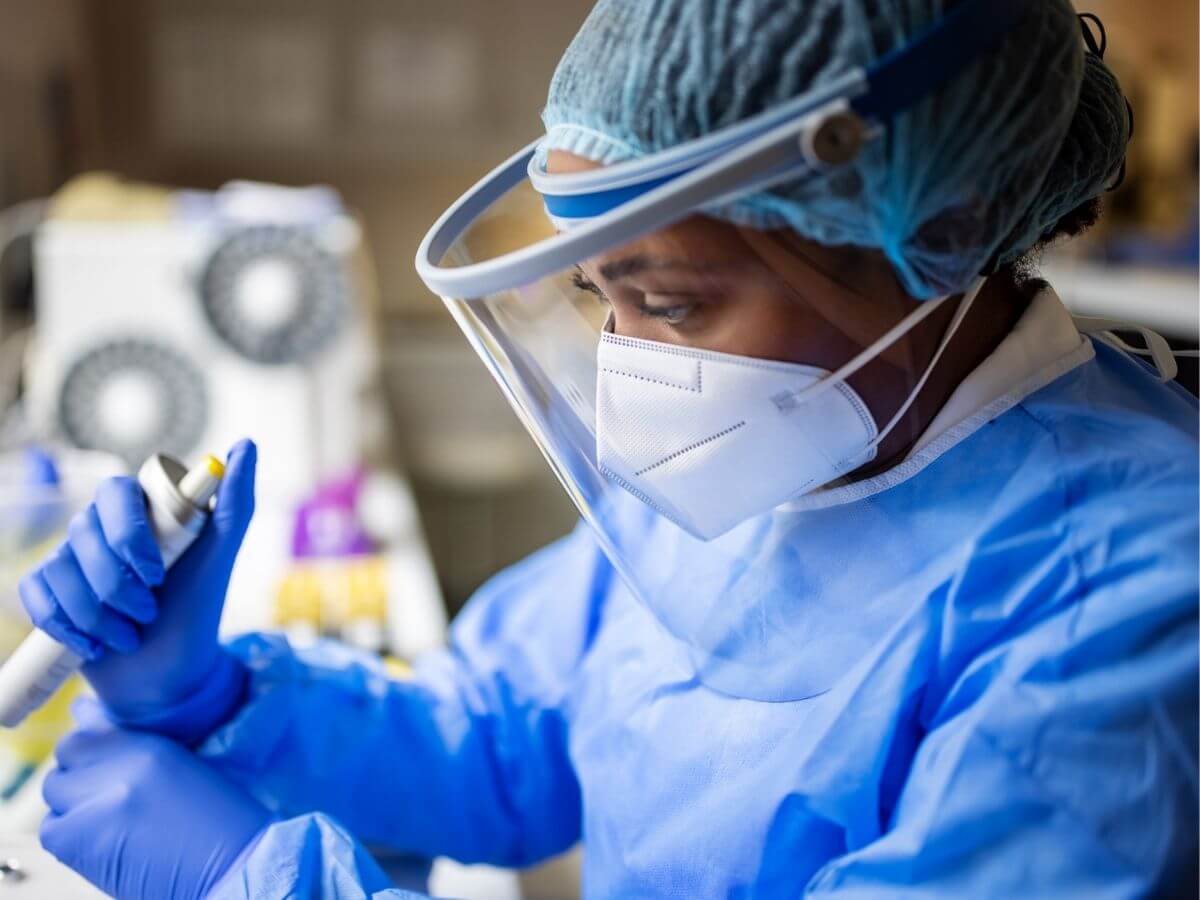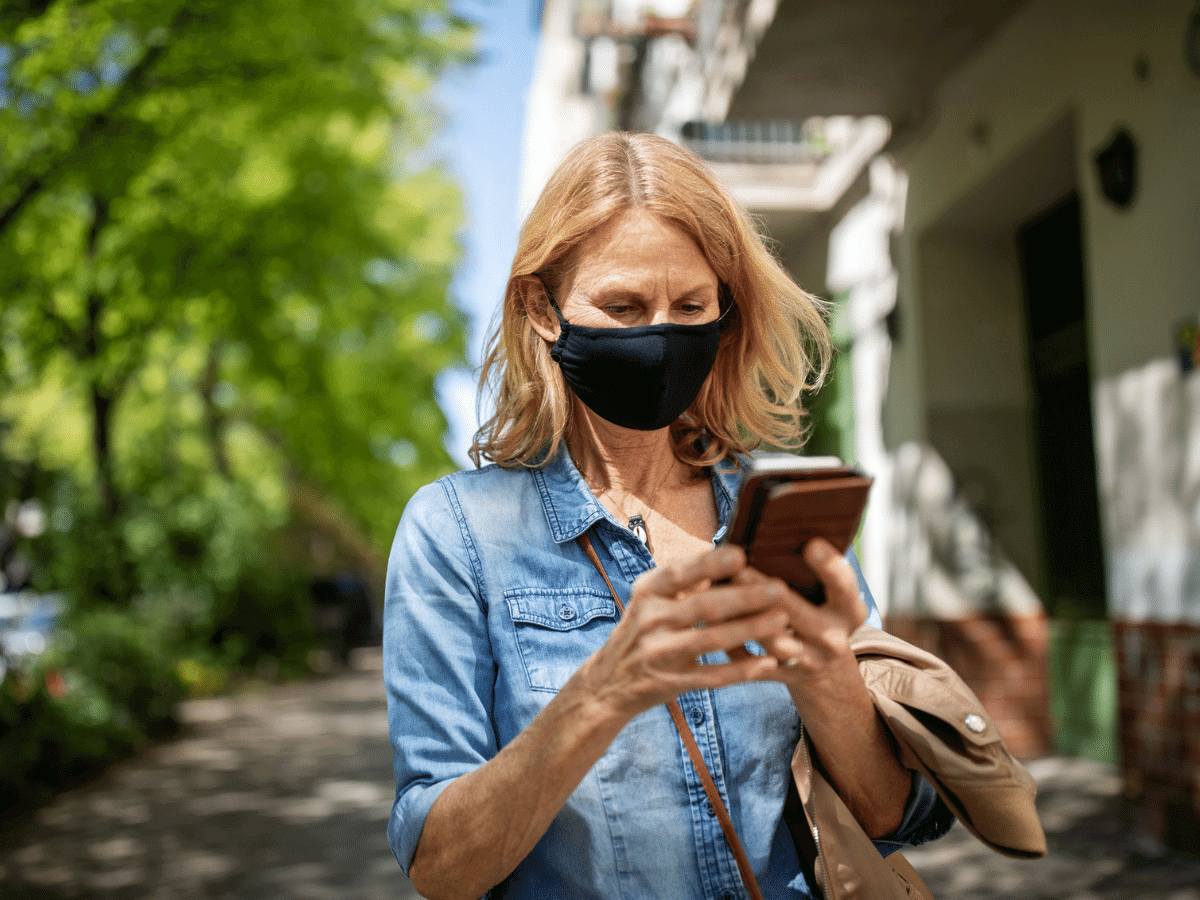How to Properly Wash Fruits and Vegetables During the Pandemic

As the COVID-19 pandemic has evolved, we’ve learned a great deal about the virus, including how it’s spread and steps that can be taken to reduce the risk of contracting the illness. One issue that was very concerning early in the pandemic but is less so now is the risk of getting COVID-19 from food or food packaging.
The U.S. Food and Drug Administration (FDA) issued this reassuring statement in early 2021: “After more than a year since the coronavirus disease 2019 (COVID-19) outbreak was declared a global health emergency, the U.S. Department of Agriculture, the U.S. Food and Drug Administration and the U.S. Centers for Disease Control and Prevention continue to underscore that there is no credible evidence of food or food packaging associated with or as a likely source of viral transmission of severe acute respiratory syndrome coronavirus 2 (SARS-CoV-2), the virus causing COVID-19.”
Even so, there are still reasons to wash fruits and vegetables before eating them. For example, they may have harmful bacteria like Salmonella, E. coli, and Listeria on their surface. Peeling or cooking fruits and vegetables can also remove or kill bacteria, respectively, but it’s still a good practice to wash your produce.
Never Miss a Beat
Get the health and wellness news that matters most delivered straight to your inbox. Subscribe to our free email newsletter to stay up-to-date on the latest news and more.
Steps for Ensuring Fruits and Vegetables Are Safe to Eat
In addition to bacteria, the surface of fruits and vegetables may have traces of pesticides or other contaminants, so you should always handle them carefully and clean them thoroughly following these steps:
- Look for clean, undamaged produce. When you buy your fruits and vegetables, inspect items carefully, avoiding those with visible mold, damaged skin, etc.
- At home, wash your hands before handling food. It’s a good idea to wash your hands after coming from the grocery store or any public place, and it’s especially important if you’ll be washing fruits and vegetables or preparing any type of food.
- Wash/scrub produce under running water. You should wash fruits and vegetables just before eating them. However, you may want to wash them before putting them in the fruit/vegetable drawer in your refrigerator, as well. Either way, running water is best for getting bacteria and contaminants off the items and down the drain. If you plan to store items after washing, be sure to pat them dry with a clean towel or paper towel, or let them air dry, before putting them in the refrigerator. Cleaning fruits and vegetables with soap, detergent, or other chemicals isn’t recommended. Running water and a good scrubbing should get them as clean as they need to be.
- Re-inspect items after storage. You shouldn’t assume that the fruits and vegetables you’ve cleaned will remain completely free of bacteria, especially when left in the refrigerator. Even small amounts of bacteria on the surface will multiply over time, so it’s a good idea to wash items again just before eating them.
Fruits and Veggies: Good for You and Worth the Time It Takes to Clean Them
Fruits and vegetables are an important part of a healthy diet. It may take a minute or so to clean that beautiful apple or ripe, red tomato, but it’s totally worth it! In the short time it takes to remove any bacteria and contaminants that might be present, you can be picturing yourself enjoying the delicious flavor and benefiting from the vitamins and minerals in the item you’re about to eat!
Next Steps and Useful Resources:
Find a Provider Near You
Keep Baby Toys Germ-Free with These COVID-19 Cleaning Tips
What You Need to Know About Donating Blood and COVID-19



